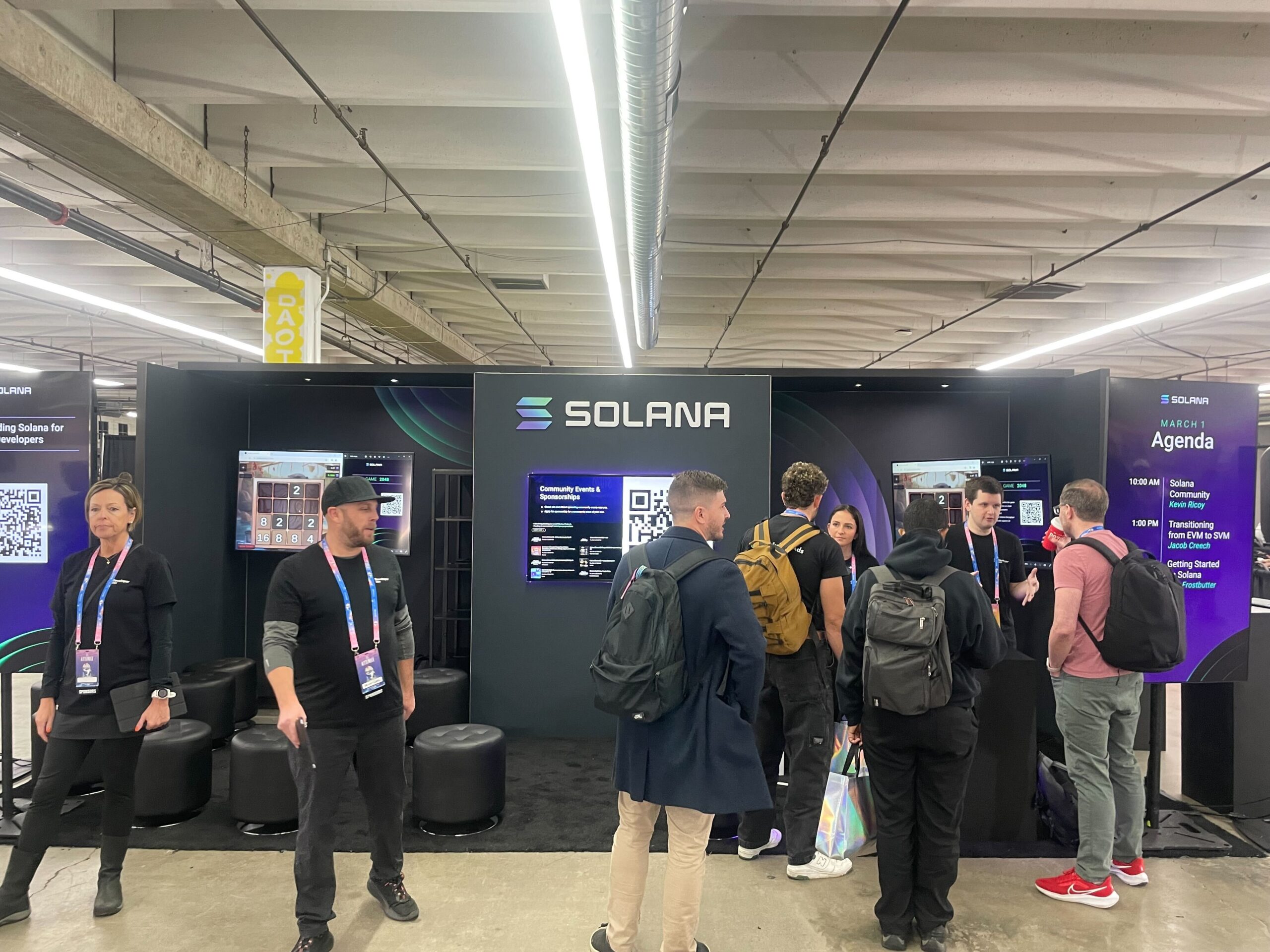The Solana community is currently weighing a governance proposal to change the collection model of its priority fees, a move intended to improve the blockchain’s overall health and security. But at the same time, the proposal would make SOL more inflationary, which some in the community are unhappy about.
Solana users pay prioritization fees in addition to base transaction fees as a means to compel validator nodes to include their transactions in blocks on the network.
Currently, half of the priority fees are burned while the other half are given as rewards to validators, who process transactions and participate in Solana’s consensus mechanism. According to Tao Zhu, a core engineer at software firm Anza Labs who helped write the new governance proposal, the current model “does not fully align with validator incentives and inadvertently encourages side deals.”
Read More: What Is Solana’s Proof of History? A Beginner’s Guide
With the current priority fee model, a Solana user can either pay a priority fee of 1 SOL in which a validator gets 0.50 SOL, with the remaining amount getting burned. Or the user can create a side deal offchain with a validator to have their transaction prioritized.
Instead of incurring a 1 SOL cost in total to have their transaction prioritized, someone using a side deal could pay 0.75 SOL directly to a block-producing validator for prioritizing their transaction, which circumvents the burn. This enables the user to incur a lower priority fee cost and puts more rewards in the validator’s pocket.
This “creates an imbalance where the incentives of validators are not adequately aligned with the network’s overall health and security,” Zhu said.
“Side deals are not onchain and so validators can do these deals without anyone knowing and then pocket the revenue and the stakers would see no benefit from it,” wrote Helius Labs CEO Mert Mumtaz in a private message on X to Unchained.
Laine, a Solana validator, wrote on X that “The reality is that the current priority fee mechanism provides for side deals which create opacity and prevent free, transparent, and equitable access to block space for all network participants.” According to Anza software developer Andrew Fitzgerald in an email to Unchained, “The incentive for validators to begin implementing side deal mechanisms is only getting higher.”
Zhu’s proposal would eliminate the 50% burn fee and give the entire priority fee to the validator.
Inflationary Impact
By removing the burn mechanism for priority fees, the governance proposal would make SOL more inflationary, a point of contention among those in the Solana community. The proposal’s outcome would be an increase in SOL issuance of 4.6%, according to Laine, who is “slightly for it currently,” writing 15 hours ago.
In a discussion posted to the Solana subreddit that has 85 comments and 116 upvotes, a user with the screen name @Ok-Study3863 who started the discussion expressed disapproval of the proposal, arguing that it increases inflation on the network and devalues people’s SOL holdings.
“This is a wild proposal and terrible for users,” wrote another Reddit user who goes by @SettyG123. “It’s bad for the network [because] it continually adds more SOL into the network without burning.”
Read More: Solana Is Ripping. But Are the Economics of the SOL Token Sustainable? – Unchained
Helius Labs’ Mumtaz, who supports the proposal, said to Unchained that “the inflation increase is pretty low and if the change encourages more people to stake (because now validators have more revenue to rev share and hence stakers get higher [annual percentage yields] then I think that’s a net-positive long term.”
While Zhu first drafted the proposal to change Solana’s priority fee on Dec. 18, he didn’t submit it to the Solana developer forums until two days ago.
Solana validators will start voting on whether to support the governance proposal at epoch 617, which is expected to occur next week. However, even if the vote passes, “the code to activate it won’t actually be rolled out into Mainnet until v2.0.0 which will be at some point in Q3 most likely,” Laine said in an X post Wednesday.


